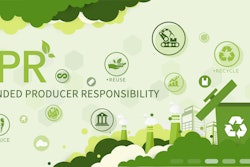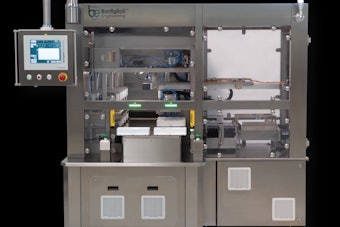Barrier mapping case study
From the Healthcare Plastics Recycling Council (HPRC) as of 4/18/23: “The Ohio State University Wexner Medical Center is striving to become a zero-waste campus by 2025 (i.e., 90% diversion of non-hazardous waste away from landfills) through an economically sustainable waste diversion program. To make progress towards this ambitious goal within a three-year deadline, the medical center must rapidly ramp up its waste diversion and waste prevention practices. The institution has identified three key barriers it must overcome to achieve its zero-waste goal:
- Staffing and training resource constraints
- Lack of accurate and real-time data
- Space limitations in its facilities
This case study explores these barriers in greater detail and outlines the solutions identified by the Ohio State Wexner Medical Center.”
Get the full story and case study download from the HPRC blog here.
EPA’s April EtO update
On April 11, 2023, the Environmental Protection Agency (EPA) EPA proposed new standards that would “slash” ethylene oxide (EtO) emissions by 80% per year, aimed at protecting public health and reducing exposure to EtO pollution.
The two new proposals include “more stringent air emissions standards and additional protections for workers who are exposed to the gas used to sterilize medical devices and certain spices. … Together, these proposals will provide a comprehensive approach to addressing EtO pollution concerns, including cancer risk, that will increase safety in communities and for workers while providing a path to maintain a robust supply chain for sterilized medical equipment,” says EPA.
Continue to the full article here.























